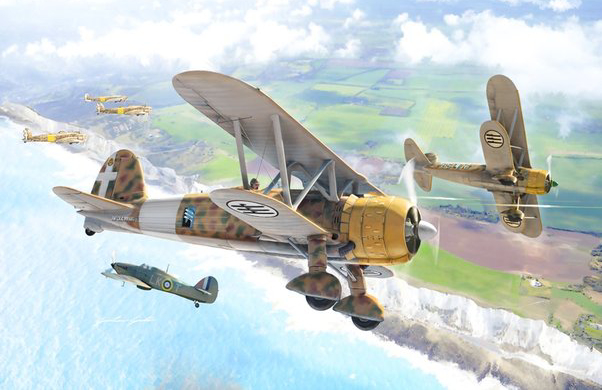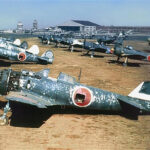Why are Italian WW2 planes underrated when they were so good?
Why are Italian WW2 planes underrated when they were so good? Italian World War II planes are often underrated for several reasons, despite having some impressive qualities. Italy had several innovative designs, such as the Macchi C.202 Folgore, which was a highly maneuverable and well-armed aircraft comparable to many other top fighters of the era.
However, their perceived underappreciation can be attributed to a few factors:
Lack of Strategic Resources:
Italy faced severe shortages of essential materials like aluminum and high-quality fuel, which limited production numbers and the overall quality of their aircraft. Many Italian planes had wooden parts due to shortages, which made them less durable.
Industrial Capacity:
Italy lacked the large-scale industrial capacity of Germany, the United States, or Britain. This limited the number of planes they could produce, making their best models relatively rare compared to Allied and German aircraft.
Technological Delays:
Many Italian aircraft started the war with outdated engines or designs compared to their adversaries. By the time Italy’s top fighters, such as the Macchi C.205 Veltro and Fiat G.55, reached production, the technological advantage had shifted heavily to the Allies.
Underdeveloped Air Force Doctrine: The Italian Air Force (Regia Aeronautica) had an inconsistent and outdated operational doctrine compared to those of the Luftwaffe or RAF. The coordination between planes, ground troops, and naval units was lacking, which reduced their overall effectiveness.
Alliance with Germany:
Italy’s alliance with Germany often meant that their planes and resources were secondary to the needs of the Luftwaffe. Additionally, the perception of Italy’s underperformance during the war impacted how their planes were viewed post-war.
Limited Use and Impact:
Italian planes, even the best ones, often did not have the chance to prove themselves in large numbers in significant battles. Most attention went to German and Allied planes, which were involved in the more decisive and well-documented air campaigns.
Despite these limitations, Italian engineers were innovative, and their planes had great potential. In particular, the Macchi C.202 and C.205 were respected by both allies and enemies, proving capable against many Allied fighters when given a chance.


